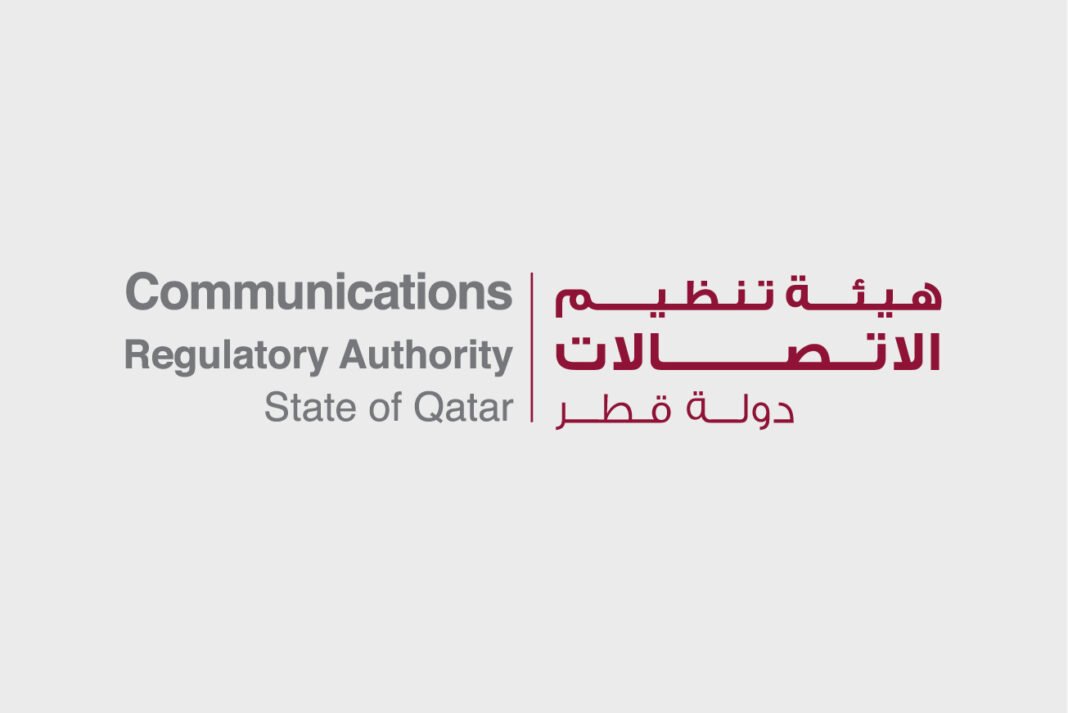Qatar telecom infrastructure is set to improve with new regulations released by the Communications Regulatory Authority (CRA). These updates aim to strengthen safety, streamline deployment, and encourage infrastructure sharing across the sector.
The CRA developed the updated Regulation for the Construction, Installation, and Sharing of Radio Communications Sites after extensive consultation with stakeholders. It aligns international best practices with national requirements and ensures efficient site development.
The Regulation provides a unified framework for planning and designing mobile network sites across Qatar. It allows telecommunications providers and government authorities to collaborate effectively. Standardised guidelines and simplified approval processes enable faster site rollout.
Previously, the CRA maintained three separate regulatory documents for radio stations, base stations, and site sharing. By integrating them into a single Regulation, the CRA reduces duplication and encourages co-location, while aligning policies with global standards.
The Regulation introduces mandatory technical and safety requirements for mobile network infrastructure. It covers ground-based towers, rooftop and wall-mounted systems, and temporary installations. It sets structural load capacities, minimum safety distances, and EMF exposure limits following international benchmarks.
Furthermore, the Regulation promotes co-location and infrastructure sharing to reduce environmental impact and optimise resources. Early coordination between service providers, municipal authorities, and property developers facilitates faster approvals and site selection.
Ali Al-Suwaidi, Technical Affairs Department Director at CRA, said the Regulation improves telecommunications quality and consumer experience. He noted that it also accelerates 5G deployment, lowers costs, and enhances operational efficiency for providers.
The CRA will actively monitor compliance through audits, technical evaluations, and enforcement measures. These actions ensure providers follow safety, environmental, and technical standards consistently.
In addition, the updated Regulation supports Qatar National Vision 2030 objectives. It strengthens government efforts to develop a sustainable, efficient, and future-ready telecommunications sector.
Overall, Qatar telecom infrastructure now benefits from streamlined processes, enhanced safety, and a more collaborative environment. The updates allow faster network expansion while maintaining high standards.





